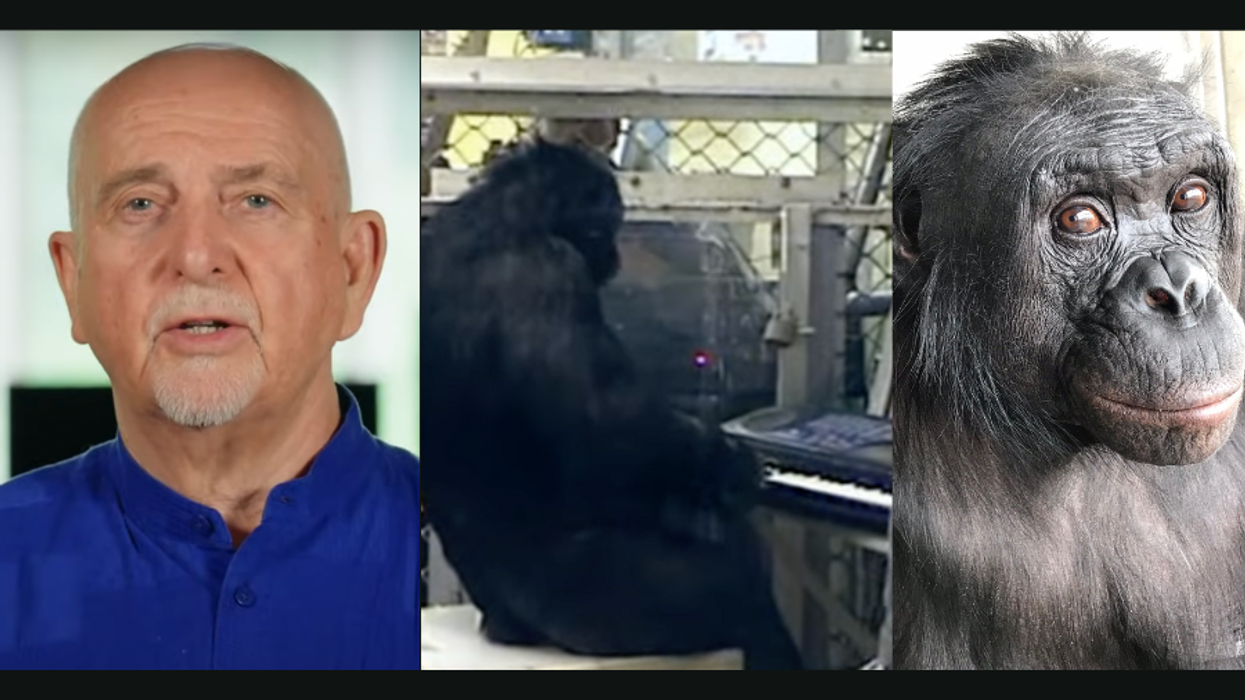Escherischia coli is amazing. Like us, the bacteria have sex and get old. They send out assassins. They form biofilms that resemble cities. We harness them to make jet fuel and they are an integral part of our intestines. In his excellent little book, Microcosm: E. coli and the New Science of Life, science writer Carl Zimmer explains:
We need bacteria to break down many of the carbohydrates in our food. Our microbial passengers synthesizes some of the vitamins and animo acids we need. They help control the calories that flow from our food to our bodies. A change in the bacteria in your gut may change your weight. Intestinal microbes also ward off diseases, a fact that has led some doctors to feed premature infants a protective strain of E. coli.
But E. coli is better known as a killer and a disease affecting the developed world. Still, only six or seven known strains cause problems. Sometimes it means a bout of bloody diarrhea. Other times, the bacteria release toxins that cause kidney failure. Because these problems have disproportionately affected kids, people tend to conjure up dead children when they think of E. coli.
“We don’t have an E. coli problem,” J. Glenn Morris, an expert on emerging pathogens said at an MIT Food Boot Camp I attended earlier this year. “The problem is that E. coli is able to pick up certain genes.” Thus, the bacteria evolves in real-time and, as the recent outbreak in Germany shows, relatively new stains strike when and where we least expect them.
Because it’s possible that a single cell can cause disease, the best treatment against E. coli is preventing outbreaks in the first place. Human infections are almost always traced to ruminants—cows, sheep, deer.
So here’s the problem: We use animals all the time to produce our food even if we delude ourselves into thinking we can miraculously divorce animal from vegetable. If we all went vegan, vegetable farmers would still spread manure or human feces—both of which can transmit E. coli—as fertilizer. Even if we were to stop the use of any manure, a wild boar could wander on to a spinach field, like one did in 1996 in California, and cause an outbreak.
This is not to let the biggest problem, meat production, off the hook. One particular reason the current outbreak in Germany is worrisome, as Center for Disease Control and Prevention’s Robert Tauxe explained today in The New York Times, is its apparent resistance to 14 different antibiotic drugs. Tauxe asked the rhetorical question that should be on everyone's mind: “Where has this organism been that it’s been exposed to so much antibiotics that it’s worth its while to be resistant?”
Currently, antibiotics are being fed to farm animals to promote growth. In fact, more antibiotics are now being fed to animals in North Carolina than given to the entire human population in the United States. The outbreak could be a bellwether for the deadly proliferation of antibiotic-resistant bacteria. So, if there's something we should take away from the German outbreak here at home, it is convincing the Food and Drug Administration to stop farms from squandering these drugs.
Image via "Enterohemorrhagic Escherichia coli Exploits EspA Filaments for Attachment to Salad Leaves." ©2011 American Society for Microbiology.













